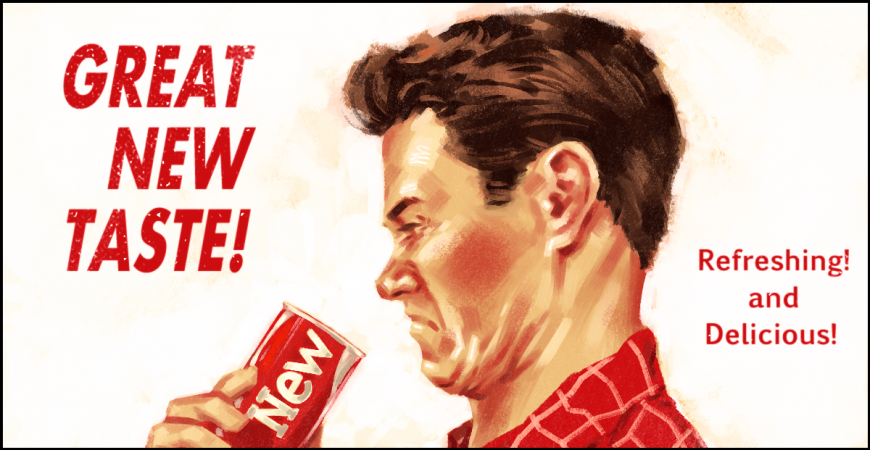Developing a brand is more than deciding on a name and an accompanying logo.
In a digital world where stakeholders are hyper-aware of brands and have an increasing focus on corporate social responsibility, your brand has to be more than a visual representation – it is your organisational reputation, and it is vital to get your brand right.
Get your brand or rebranding process wrong and you risk losing stakeholder trust and even becoming a cautionary tale.
Take ‘New Coke’, which was infamously panned after Coca Cola decided to make its recipe sweeter in 1985 in a bid to attract younger consumers.
After performing successfully in focus groups, Coca Cola made the disastrous decision to replace the original recipe rather than running the two products alongside each other.
The backlash among previously faithful consumers was so strong that the company reportedly had to hire a psychologist to listen to some of the complaint calls.
After just 79 days, the old flavour was re-introduced.
More recent and visual examples are Mastercard and Kraft’s attempts to rebrand. In 2009, Kraft decided to change its logo with not only an entirely new shape and new colours, but no explanation to loyal consumers as to why the change had been made or what new statement it made about the company. If you don’t remember the logo changing, it’s because the company reverted back to its original logo design within just six months.

Mastercard’s attempt to rebrand was less dramatic, but met with equal confusion from consumers. In a 2015 rebrand, the company kept its colours but made changes to the overall design. Crucially, it removed the company name from logo. Again, there was no explanation as to why the new logo was brought in and it failed to connect.

The Mastercard brand was refreshed again in 2016 to feature two simple overlapping circles with a lower-case 'mastercard' sitting underneath, before it was changed again in 2018 to drop the name entirely as a shift to being a 'symbol brand' that aligns with modern simplicity trends.
The point is that if you’re looking to build a brand or hoping to rebrand, there are some fundamentals you must get right before you unveil that new logo or name.
This holds true whether your organisation is a corporation, small business, not-for-profit, or government body.
The first step is always to understand who you are as an organisation and what you stand for.
You need to be able to answer the following questions:
- What is my organisation?
- Why does it exist?
- What differentiates it from every other organisation?
- What are the problems it solves?
- Why should people care?
Once these questions have been answered and you have a strong idea of who and what your brand is, we can get to work on your brand identity.
Remember, it’s more than just a name and a logo.
A strong brand identity needs to work for everyone, including your internal team and the people outside your organisation who will interact with it.
To truly succeed you need to build a brand identity that is distinct, memorable, scalable, flexible, cohesive and easy to apply.
Whatever you come up with must be consistent across everything from the print and digital content your organisation produces to the media engagement you engage in and the decisions you make.
A final thing to keep in mind is that branding is an ongoing process.
Your brand does not appear with the creation of a logo – that’s just the beginning of your brand identity.
Instead, your branding is your company’s reputation – its essence – and that can only ever be created and developed over time.
No matter how successful your brand is, you should always be asking yourself what you’re doing as an organisation, why you’re doing it, and how it’s different from anybody else.
Answering these questions will often serve to maintain your brand’s consistency, but every now and then it will identify a need to adapt, and maybe even a need to rebrand. Just make sure to be more considered than Coca Cola was with New Coke.
Contact CGM Communications for help developing your branding.
 ReGen Strategic
ReGen Strategic